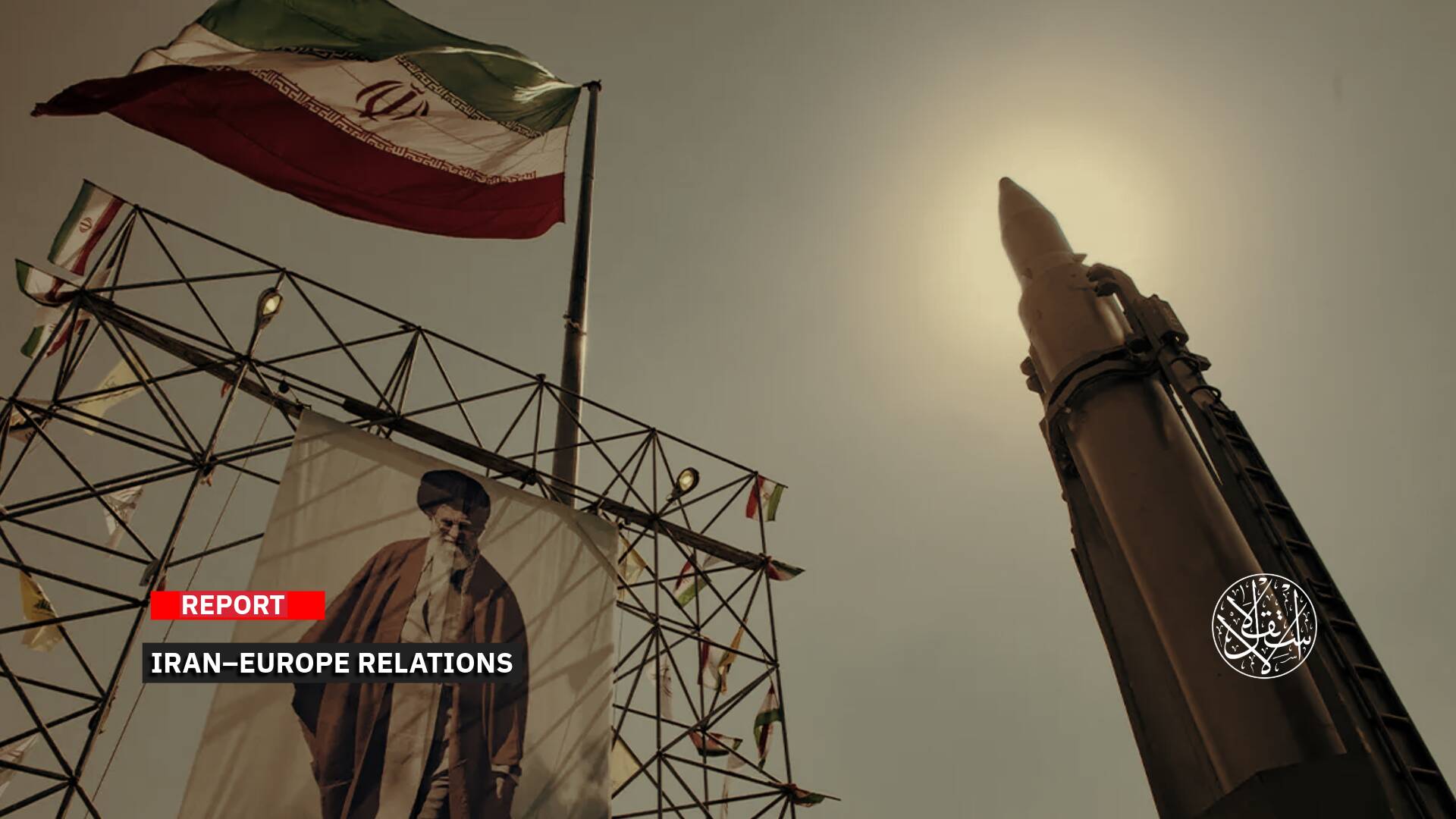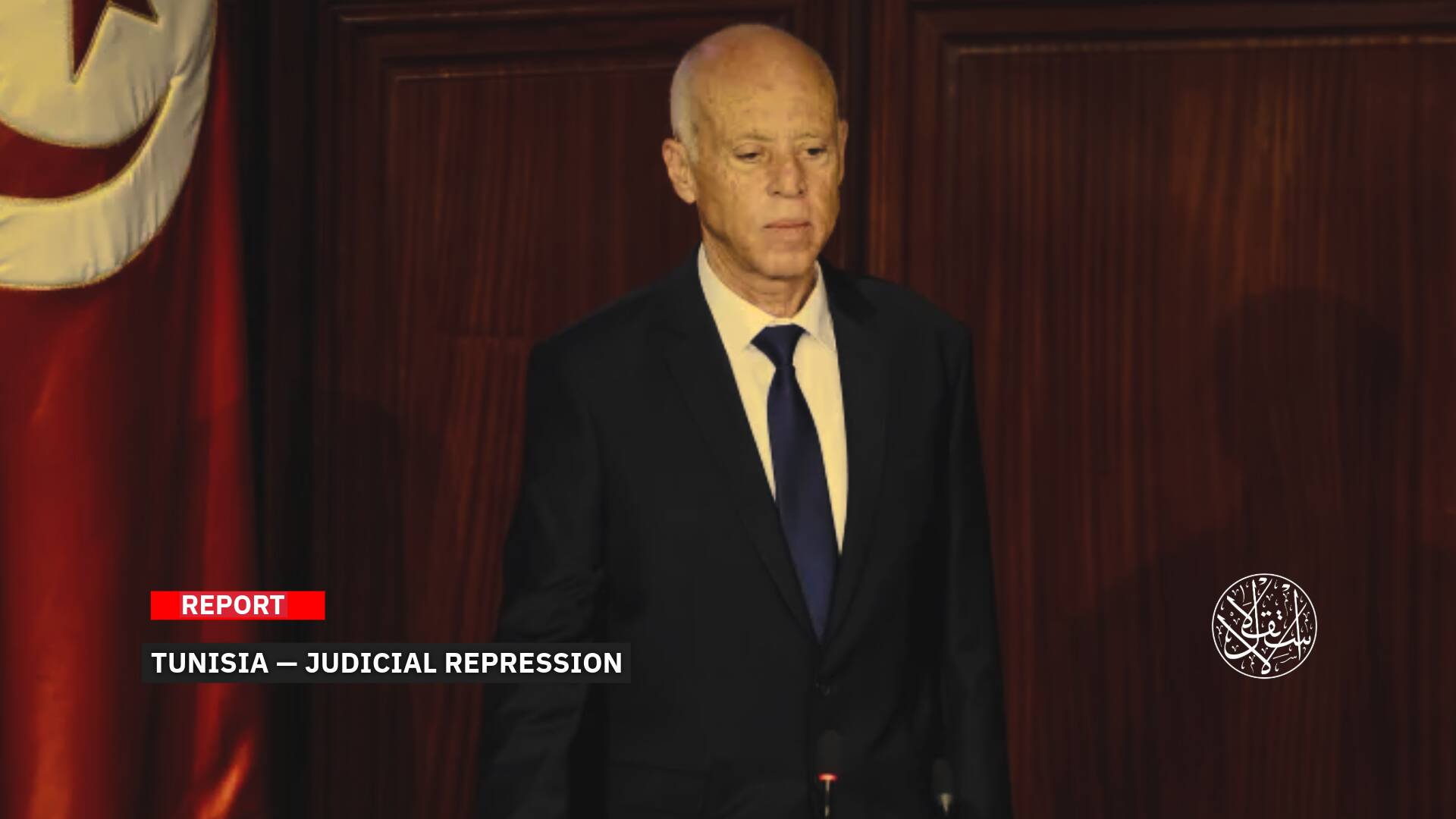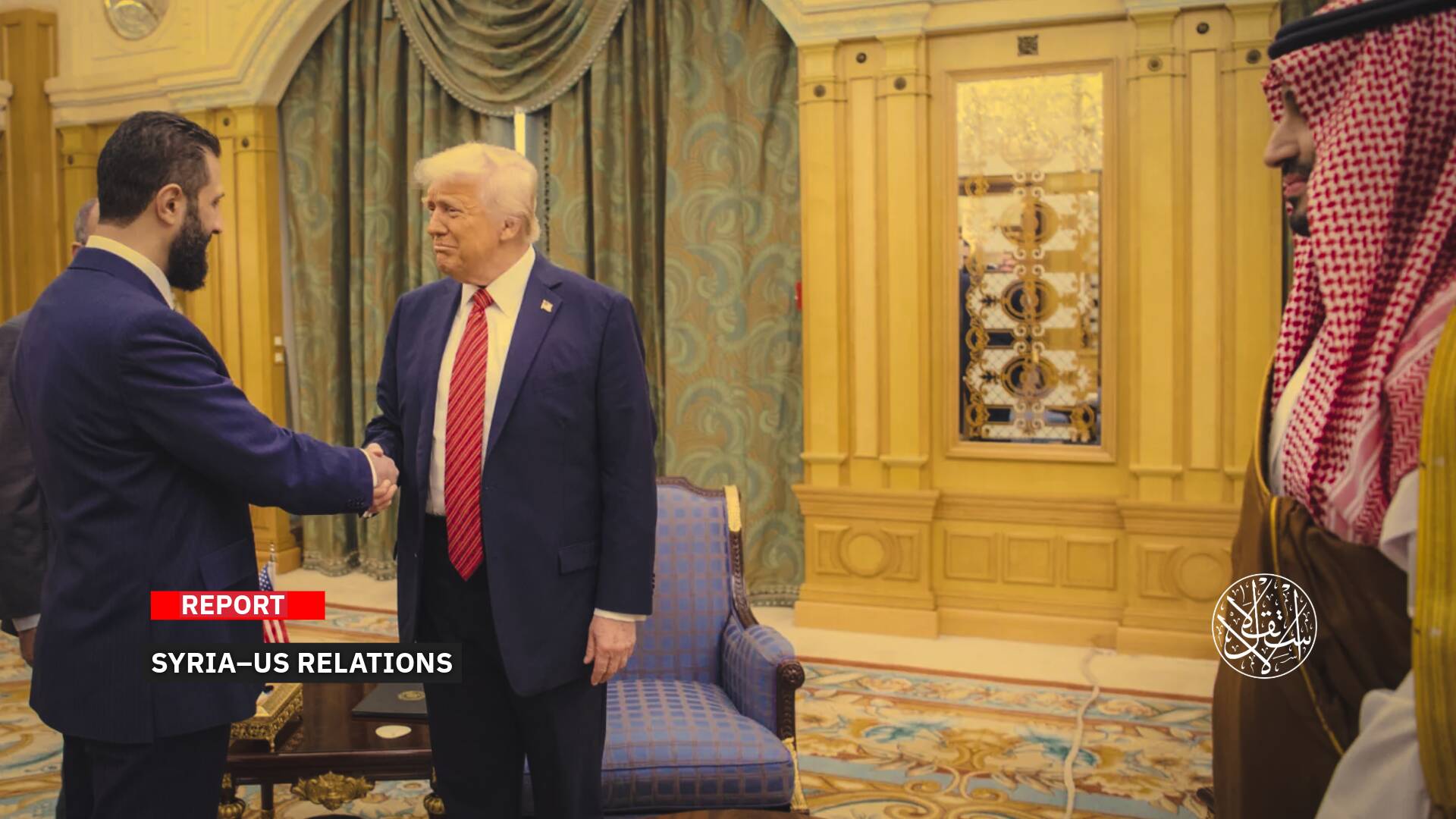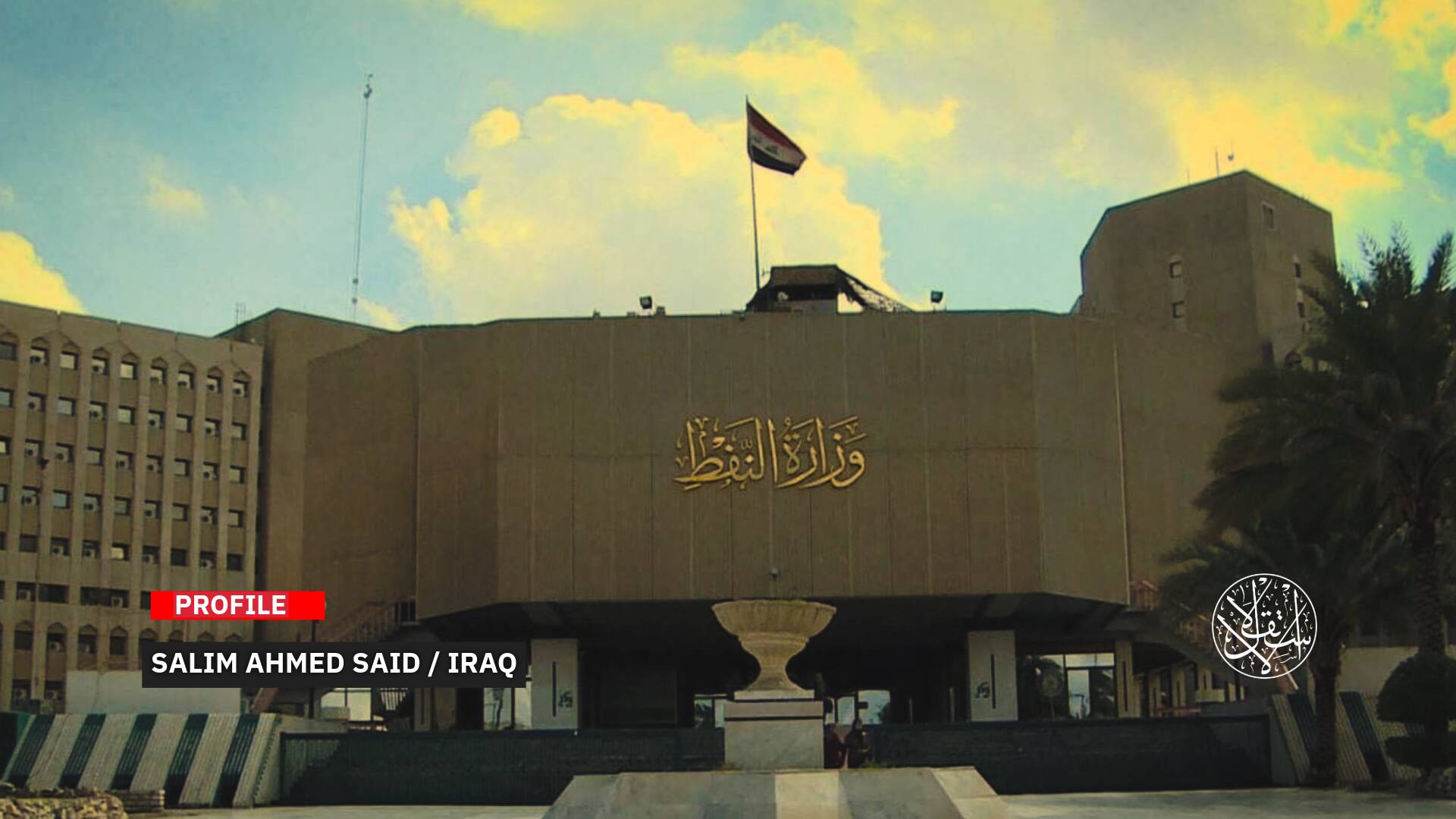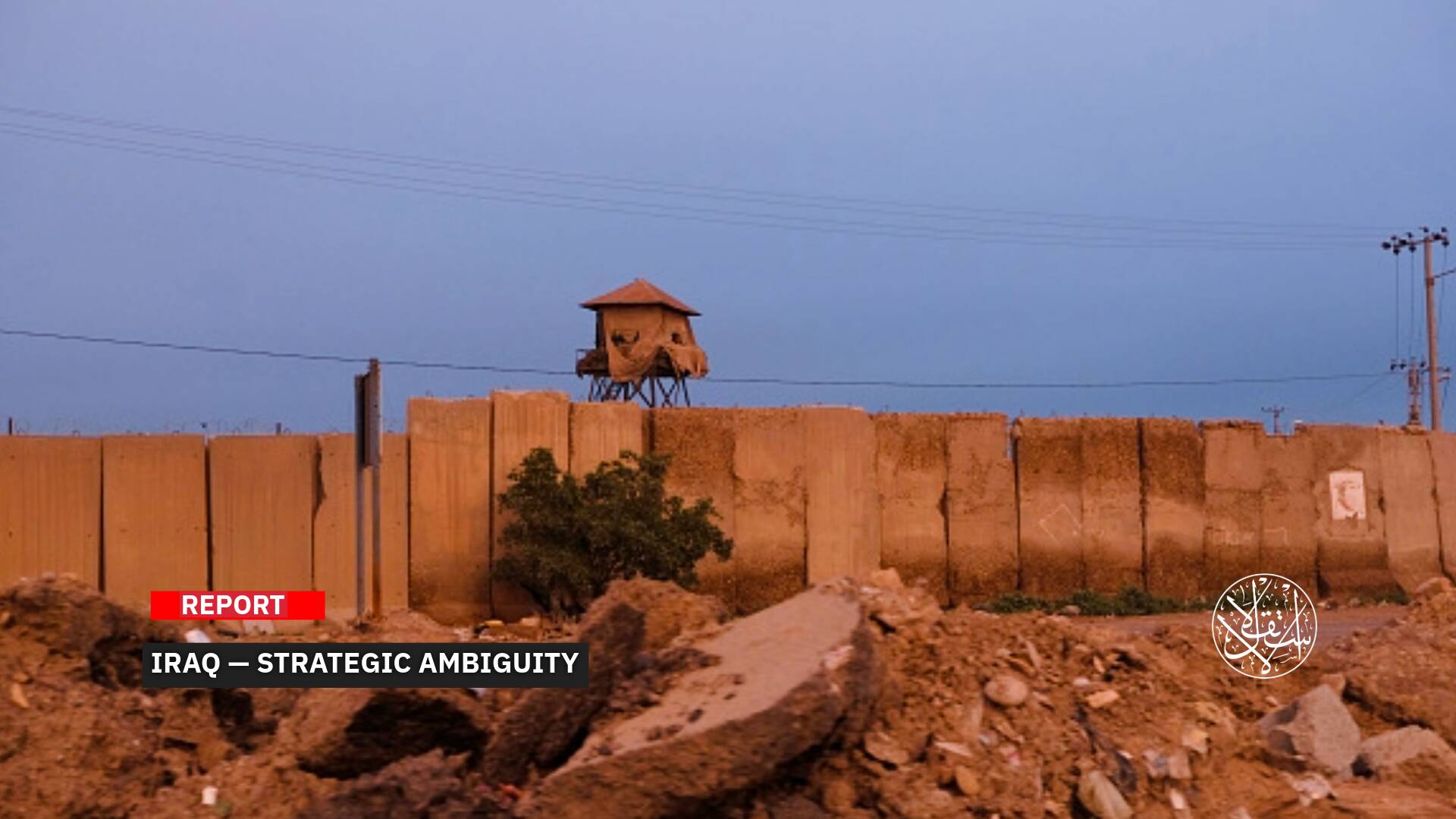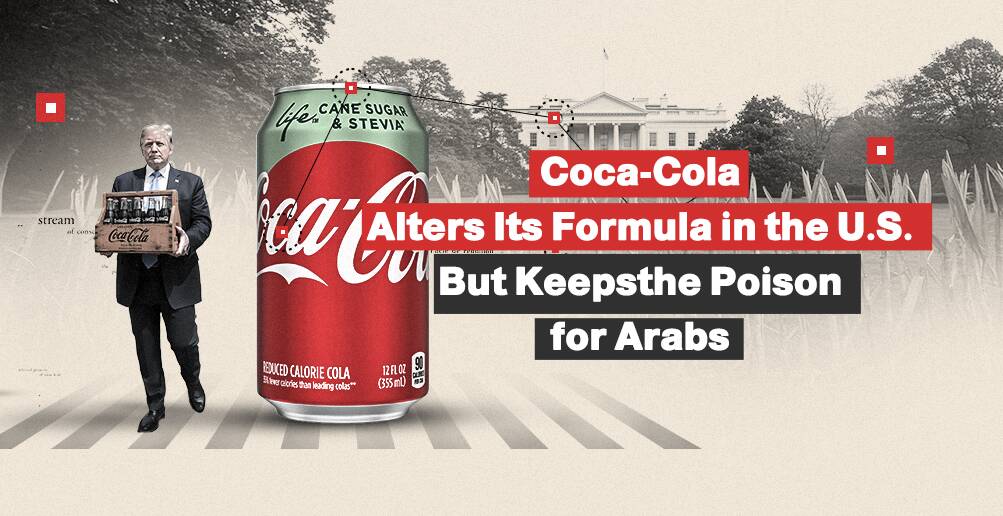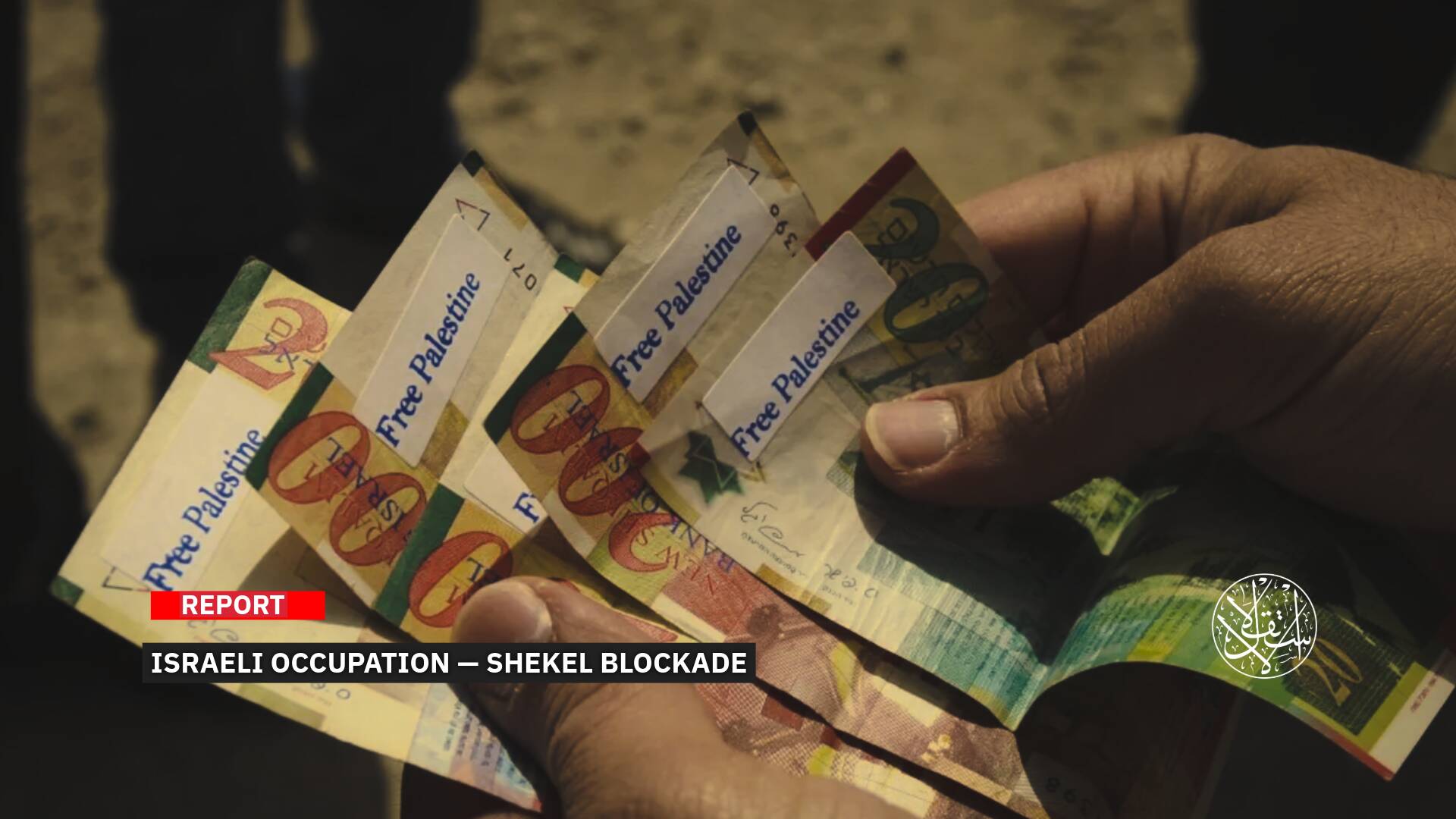After Trump’s Announcement, How Will the U.S. Go About Lifting Sanctions on Syria?

From past experience, it’s clear that lifting sanctions doesn’t happen quickly or all at once—it’s usually a gradual process.
In a surprise announcement that sent shockwaves through international diplomatic circles, U.S. President Donald Trump declared on Monday that the United States would lift all sanctions imposed on Syria, marking a dramatic policy shift in the wake of the collapse of Bashar al-Assad’s regime.
Speaking in Riyadh on May 13, 2025, alongside Saudi Crown Prince Mohammed bin Salman, Trump said, “The sanctions were brutal and crippling and served as an important, really, an important function nevertheless at the time, but now it’s their time to shine. It’s their time to shine.”
The announcement comes as Syria begins to emerge from years of brutal conflict and devastation, with early signs of reconstruction efforts and a fragile economic awakening.
However, the president’s remarks have already raised questions among allies and critics alike, many of whom were blindsided by the timing and substance of the speech.
Lifting U.S. Sanctions on Syria
Announcing the dramatic lifting of U.S. sanctions on Syria, President Donald Trump said the decision came after heeding appeals from Saudi Crown Prince Mohammed bin Salman and Turkish President Recep Tayyip Erdogan.
Speaking from Riyadh, Trump credited the two regional leaders with influencing his shift in stance, describing their messages as compelling calls for a new chapter in Syria’s post-conflict future.
Syria’s President, Ahmed al-Sharaa, welcomed the announcement in glowing terms, hailing Trump’s move as a historic and courageous decision that could mark the beginning of a new era for his war-ravaged country.
The following day, al-Sharaa traveled to the Saudi capital, where he held a high-level meeting with Trump.
Crown Prince Mohammed bin Salman was in attendance, while Erdogan joined the discussions via phone.
The trilateral exchange, unprecedented in tone and setting, signals a tentative realignment in the region’s fractured geopolitical landscape.

Syria’s finance minister, Mohammad Yusr Barniyeh, welcomed the U.S. decision to lift sanctions, describing it as a vital step toward rebuilding the country’s institutions and delivering essential services to a population long battered by war and deprivation.
Quoted by the state-run SANA news agency, Barniyeh said the move would "help Syria rebuild its institutions, provide basic services to its people, and create major opportunities to attract investment and restore confidence in Syria’s future."
While President Trump’s announcement is being hailed in Damascus as a politically symbolic gesture toward a "new Syria"—one hoping to rise from the ruins of decades-long economic decay dating back to the rule of Hafez al-Assad (1971–2000)—analysts caution that the most immediate and tangible impact is likely to be financial.
Experts point to the anticipated easing of money transfers from Gulf countries and a likely uptick in developmental aid flows as the clearest short-term benefits, underscoring the practical implications of Washington’s dramatic policy reversal.
The bulk of U.S. sanctions on Syria were imposed in the aftermath of the 2011 uprising, which was met with a brutal crackdown by Bashar al-Assad’s regime.
The violence left over half a million dead and wreaked widespread destruction on homes and infrastructure, with the government deploying an arsenal of aerial bombardments and heavy weaponry to crush dissent.
In 2020, Washington escalated its pressure with a new wave of sanctions under the so-called “Caesar Act” — legislation aimed at holding al-Assad regime accountable for war crimes.
The act targeted a wide circle of individuals close to al-Assad, including his wife, Asma al-Assad, marking one of the most sweeping sanctions packages since the start of the conflict.
Under the Caesar Act, the U.S. imposed stringent sanctions not only on individuals linked to the ousted al-Assad regime but also on any entity or company conducting business with it.
The sweeping measures extended to Syria’s vital construction, oil, and gas sectors, and included a firm prohibition on any U.S. support for reconstruction efforts in the country.
These penalties came on top of a legacy of earlier U.S. sanctions. Washington had already enacted three punitive programmes targeting Syria as early as 1979 — just eight years after Hafez al-Assad seized power in a military coup — citing Syria’s support for terrorism and regional destabilization.
At the time, Syria was designated a “state sponsor of terrorism” by Washington, largely due to its military involvement in neighboring Lebanon’s civil war and its backing of armed factions operating there.
In 2003, then-President George W. Bush signed the Syria Accountability Act into law—a measure that significantly expanded U.S. punitive leverage over Damascus.
The legislation cited Syria’s support for “designated terrorist organizations,” its continued military presence in Lebanon, efforts to develop weapons of mass destruction, illicit oil smuggling, and its role in aiding “armed groups” targeting U.S.-led forces in Iraq following the 2003 invasion.
The act marked a pivotal escalation in U.S. policy, entrenching Syria’s pariah status and laying the groundwork for the broader sanctions regime that would deepen in the years to follow.
Today, as Syria signals a desire to shed years of economic isolation, revive crippled sectors, and legally receive financial aid and secure investor funds, a host of pressing questions are emerging.
In the wake of President Trump’s unexpected announcement, U.S. officials have reportedly been left scrambling to determine how the administration plans to unravel the complex web of sanctions.
Uncertainty looms over which layers of punitive measures will be eased, on what timeline, and under what conditions the White House intends to initiate the process.
The lack of clarity has cast a shadow over what was billed as a historic policy shift, with observers warning that without a clear roadmap, both diplomatic momentum and investor confidence may prove fragile.
Officials at the U.S. State Department and Treasury remain uncertain about how to proceed with the lifting of sanctions on Syria, with President Trump’s surprise declaration in Riyadh catching key agencies off guard.
The announcement has sown confusion among senior officials tasked with implementing such a policy shift, with many expressing doubt over the legal and procedural steps required to operationalise the president’s decision.
Observers note that without a clearly defined mechanism, Trump’s move risks being more symbolic than substantive.
Analysts stress that a range of formal steps must be undertaken by U.S. institutions before any real sanctions relief can take effect—leaving Washington’s diplomatic and bureaucratic machinery scrambling to catch up.
A Question of Procedures
While some U.S. sanctions can be lifted at the stroke of a presidential pen, others are more deeply entrenched—requiring congressional approval and legislative action to undo.
Under the U.S. Constitution, the president has the authority to revoke certain executive sanctions unilaterally and with immediate effect. However, a significant portion of the measures imposed on Syria—especially those codified into law—fall outside the president’s sole jurisdiction.
According to a May 15 report by Reuters, four U.S. officials with direct knowledge of the matter said senior staff at the State Department and the Treasury had been thrown into a state of urgency, rushing to decipher how to roll back sanctions, some of which have stood for decades.
The scramble underscores the complex legal scaffolding surrounding U.S. sanctions policy—and the challenge of dismantling it without a clearly defined strategy.
“The White House had issued no memorandum or directive to State or Treasury sanctions officials to prepare for the unwinding and didn’t alert them that the president’s announcement was imminent,” one senior U.S. official told Reuters.
Amid the ensuing confusion, Osama Kadi, a Syrian economic expert and adviser, offered a different perspective.
“The process of lifting U.S. sanctions on Syria is not complicated. Trump is a strong president who decisively settled a dispute within his administration—where one faction supported lifting sanctions and another favoured delaying them—by announcing he would lift all sanctions,” Kadi argued.
Kadi’s assessment highlights the sharp contrast between the political will at the top and the institutional inertia within the U.S. government’s bureaucratic apparatus.
“The US process has already begun to move forward, starting with the Treasury Department lifting sanctions on Syria,” Kadi told Al-Estiklal.
“Especially given that Trump holds a Senate majority and faces little opposition to his decisions—so much so that he has been able to shut down entire government departments since taking office just months ago, as well as dismiss thousands of employees with a single signature.”

According to Kadi, “A U.S. legal team will work alongside Trump to lift sanctions on Syria, as long as there is clear American political will.”
“The question of sanctions on Syria has essentially been resolved; what remains are institutional procedures. The invitation extended to Syrian President Ahmad al-Sharaa to visit the United States is a clear indication of this shift,” he concluded.
The World Bank estimates Syria’s economy to be valued at approximately $21 billion—roughly on par with that of Albania and Armenia.
In 2018, Syria was reclassified as a low-income country, with more than 90% of its population of around 25 million living below the poverty line, according to United Nations agencies.
The newly formed Syrian government has said it expects to recover up to $400 million in frozen assets, which it plans to use to finance reforms including sharp recent salary increases for certain public sector workers.
Experts anticipate that lifting sanctions on the banking sector will have a tangible impact on the daily lives of Syrian citizens.
U.S. sanctions have effectively severed Syrian banks from the global financial system, including the SWIFT network, making it impossible to conduct international money transfers to and from the country.
A Step-by-Step Approach
The resumption of financial dealings with the outside world is also expected to have a positive effect on the Syrian pound, which has lost nearly 90% of its value since 2011.
Before the conflict, the exchange rate stood at around 50 Syrian pounds to the U.S. dollar; today it fluctuates between 10,000 and 12,000 pounds.
Companies worldwide currently face significant challenges exporting to Syria, while Syrians struggle to import a wide range of goods due to the near-total ban on financial transactions with the country.
The impact of lifting sanctions is anticipated to be felt almost immediately once Syria is reconnected to the SWIFT financial messaging system.
A larger influx of U.S. dollars into Syria from abroad could help stabilize and strengthen the local currency over the medium to long term.
In this context, Eymen Dasuki, a Syrian researcher at the Omran Center for Strategic Studies, noted that “Trump’s decision to lift sanctions on Syria took both his administration officials and the U.S. bureaucracy by surprise. During his first term, Trump was known for making sudden, independent decisions, often outside the traditional channels of his government. U.S. institutions were left with little choice but to either go along with his directives or attempt to slow them down.”
“Therefore, I expect Trump’s decision will take time to translate into tangible measures and will be implemented gradually, according to several considerations,” he told Al-Estiklal.
According to Dasuki, “The need for U.S. institutions to coordinate among themselves and establish an operational plan to implement President Trump’s decision to lift sanctions on Syria.”
“Resistance from several figures within the U.S. administration and some of Washington’s allies to a direct and total lifting of sanctions.”
“I therefore expect these actors to leverage their influence to ensure the sanctions are eased gradually and tied to concrete actions by the Syrian leadership,” he added.
“Some sanctions require a decision from the U.S. Congress, which means the process of lifting them will inevitably take time,” Dasuki added.

Dasuki further highlighted that the “experience from other cases shows that the lifting of sanctions is rarely immediate or swift—it takes time.”
Experts point out, for example, that under the Caesar Act, while the U.S. president can suspend sanctions, he cannot formally repeal them without a vote in Congress.
In response, the UN Special Envoy for Syria, Geir Pedersen, welcomed the announcement, describing the lifting of sanctions as essential to enabling the delivery of basic services such as healthcare, education, and economic recovery.
However, despite the U.S. Treasury Department granting a six-month exemption for all financial transactions related to disaster relief in Syria following al-Assad’s fall, the impact was limited. Banks and companies remained hesitant to take on risks—a phenomenon widely known as “over-compliance.”
Syria hopes that once sanctions are lifted, it will be able to advance the reconstruction process—an effort the United Nations has estimated will cost more than $400 billion.


